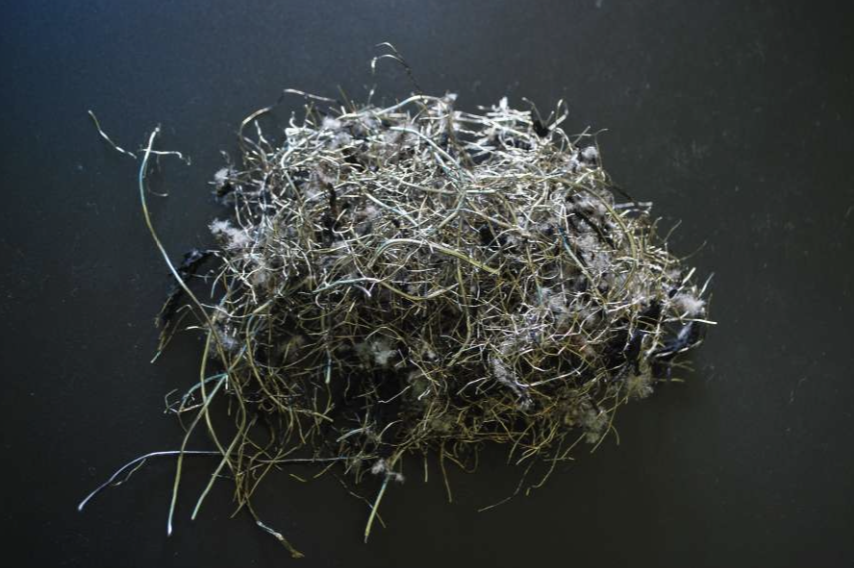
Cut Wire
This steel has a high carbon content and is of good grade. It is built into the construction of the tyre to endure bumps, heat, and other potentially dangerous situations. As a result, recycled tyre wire is of very high quality and meets industry standards. To prevent machines farther down the processing line from usury, contemporary technologies tend to remove the wire as soon as possible. Pre-shredding is commonly followed by a first granulation step, in which the rubber chips are filtered through a 15 to 25 mm screener, depending on the plant layout. A magnetic mechanism separates the steel wire from the rubber immediately after this granulation. Along with the wires, 10 to 35 percent by weight of rubber and textiles are removed, hence the total material recovery varies depending on the contamination grade of the material (rubber/fiber). Steel typically makes up 10% to 20% of the weight of an old passenger car tyre. A typical shredding factory generates huge quantities of steel tyre wire, with quality varying depending on the technology, storage, and management systems used by the factories.
Another important component in assessing the material's quality is the steel's resistance to atmospheric agents. The material is quickly oxidised since it is shaped in tiny wires. As a result, protecting the wire from any atmospheric contaminants is an important part of improving its quality.
Cut Wire - Request Technical Data Sheet (TDS)
Request A Quote



